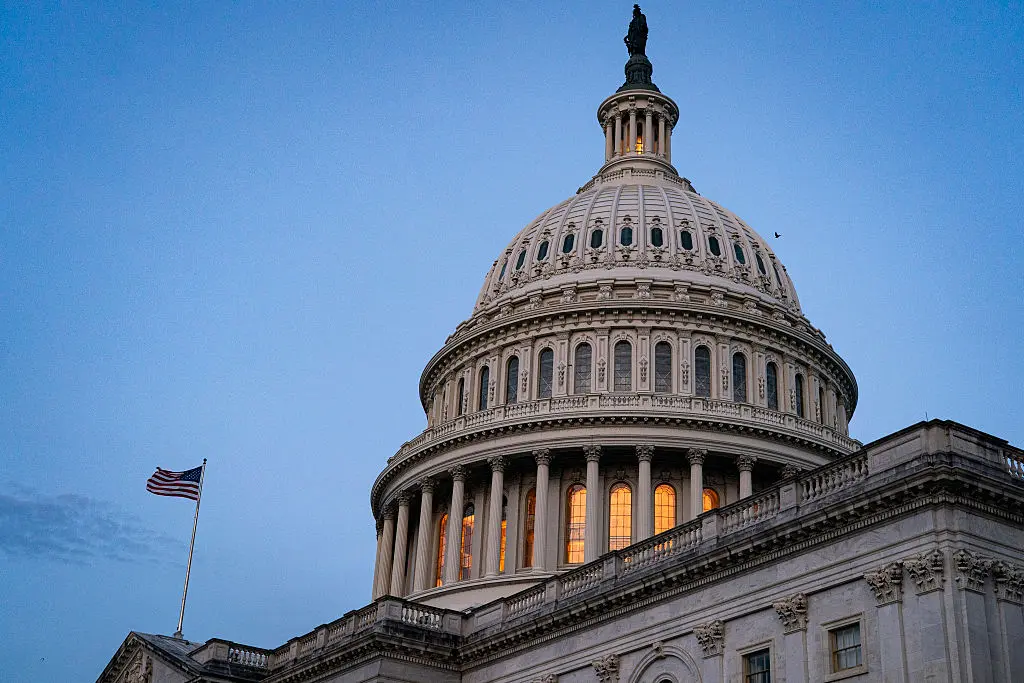Treasury Secretary Janet Yellen told senators on Tuesday that the United States should return to full employment next year despite headwinds from the Delta variant and urged states and localities to speed up disbursement of emergency rental aid to families in need.
Yellen made the remarks before a Senate committee on Sept. 28, in which she called the economic recovery from the pandemic “fragile but rapid.”





